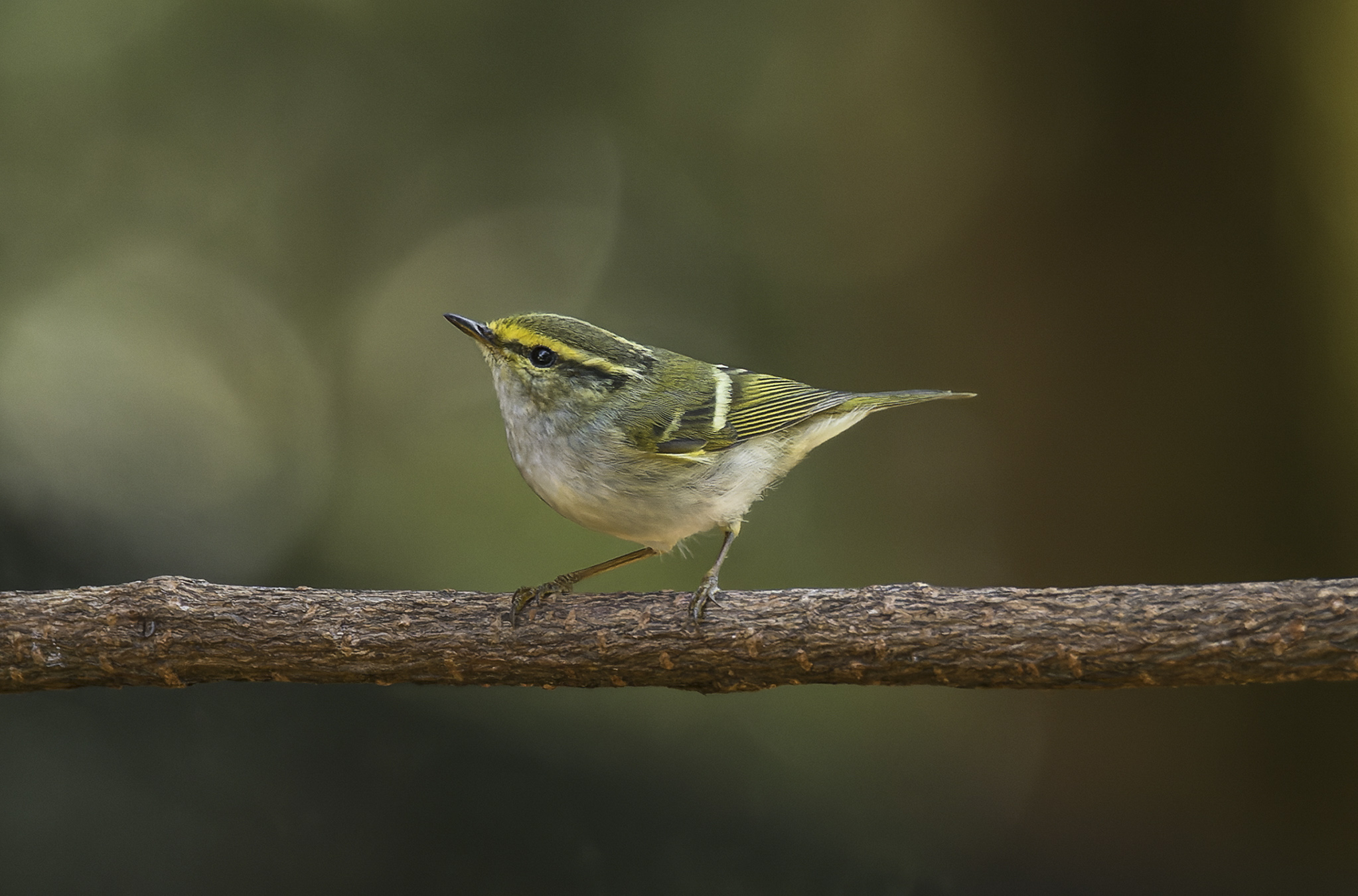
On one hand, it was expected. But on the other, completely unexpected. Pallas’s Warblers are very rare inland. But, very occasionally, a Pallas’s Warbler will spend the winter in the UK. I can recall a bird in the south-west that stayed and even began singing in early spring. One even wintered as close as Berkshire in 2013, but this was an exceptional record. Realistically, Pallas’s Warblers are rare birds of the east coast in late autumn. They are a great find anywhere being tiny, beautiful birds and all birders love them. There has never been a Pallas’s Warbler in Oxfordshire, and quite feasibly, there may never be one. Until Gareth Blockley found one yesterday afternoon.
At 15:48 the county rang to the sound of expletives as Gareth broke the news of his astonishing find:

We can forgive Gareth for his mis-spelling of the bird’s name. The magnitude of the find and the myth of the Pallas’s Warbler is such, that lesser men than Gareth would have been rendered unconscious at that moment. Gareth found and identified the bird and got the news out, with diagnostic pictures. These are the acts of legend in Oxfordshire birding.
Unfortunately, within 40 minutes of the bird being found, it was dark. Only two other people saw the first Oxfordshire Pallas’s Warbler that day. There then followed a contender for the most tense evening ever in Oxfordshire birding history. Would the bird stay? Would anyone else see it? Would it survive a night several degrees below zero, indeed the coldest night of the entire winter?
Well before sunrise, in bitterly cold conditions, local birders began gathering in the line of trees where the bird was last seen. By sunrise nearly 40 people were present and we pretty much all knew each other.

Bird activity began. It went something like this: Blue Tit. Chiffchaff. Long-tailed Tit. Chiffchaff. Chiffchaff. There were a lot of Chiffchaffs. Blue Tit. Chiffchaff. Chiffchaff. And so it goes. A freezing hour passed. Another freezing hour passed. The procession of Chiffchaffs continued.
Then, finally, a shout from Pete Roby. Running. Looking. More running. And in the back of an alder tree, a yellow and gold gem zips about manically: the Pallas’s Warbler. The bird is very mobile. In binoculars I get a flash of the rump as it powers up into the crown of the tree, followed by views of the head pattern as it pauses, before darting across the track to feed high in alders further along the path.
Photographs are pretty much impossible, though I do try. It is dark, the bird tiny, hyperactive and silhouetted.


Pallas’s Warblers are so breathtakingly beautiful, that every trip to see one is built on dreams of images like this:

Where the reality is so often, much more like this!

But we didn’t care. We had seen an Oxfordshire Pallas’s Warbler and that is very, very special.
The author would like to thank his support group for their help in writing this article without using the phrase “seven-striped-sprite”. Thank you.

bugger. I fell victim to to using the phrase “seven-striped-sprite” but it felt fitting given he who coined the phrase, DIM Wallace, only went to Birder Heaven so recently.
good write up Tom
Thanks Mick. In that context, a fitting tribute indeed!